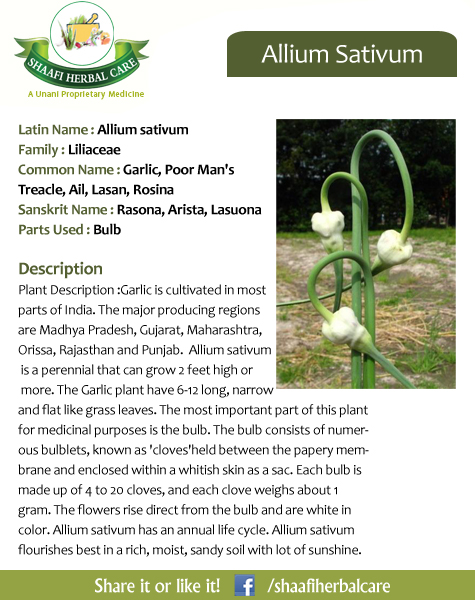
Description
Common walnut refers to the original walnut tree of the Old World, comprising of Asia, Africa and Europe. The tree is native to the region stretching from the Balkans, eastward to the Himalayas and Southwest China. The largest forests where common walnut trees are found are in Kyrgyzstan. It is a large deciduous tree, with a height ranging from 25- 35 m. Its trunk is up to 2m in diameter. Commonly, these trees have a short trunk and broad crown, though taller and narrower versions are seen in denser forests. This plant species require a lot of sunlight to grow. The bark of common walnut is smooth and olive brown in color when young. It assumes a silver grey color as it ages, with scattered broad fissures and a rougher texture. The leaves of the plant are alternately arranged and are 25-40 cm in length.Plant Chemicals
Amino acids, Ash, Crude protein, Dietary fiber, Oil content and Starch
Common walnut refers to the original walnut tree of the Old World, comprising of Asia, Africa and Europe. The tree is native to the region stretching from the Balkans, eastward to the Himalayas and Southwest China. The largest forests where common walnut trees are found are in Kyrgyzstan. It is a large deciduous tree, with a height ranging from 25- 35 m. Its trunk is up to 2m in diameter. Commonly, these trees have a short trunk and broad crown, though taller and narrower versions are seen in denser forests. This plant species require a lot of sunlight to grow. The bark of common walnut is smooth and olive brown in color when young. It assumes a silver grey color as it ages, with scattered broad fissures and a rougher texture. The leaves of the plant are alternately arranged and are 25-40 cm in length.Plant Chemicals
Amino acids, Ash, Crude protein, Dietary fiber, Oil content and Starch
Uses & Benefits of Common Walnut
- The cotyledons of common walnut tree are used in the treatment of cancer. The plant has long been used as a folk remedy for treating cancer. Recent researches conducted on some extracts from the plant have shown anti-cancer properties as well.
- The seeds are antilithic, diuretic and stimulant. They are used internally for remedying low back pain, frequent urination, weakness of legs, chronic cough, asthma, constipation (due to dryness) or anaemia and stones in the urinary tract. They are used to make a paste and externally applied to areas of dermatitis and eczema.
- The leaves of the plant are alterative, anthelmintic, antiinflamatory, astringent and depurative. They are internally used for treating constipation, chronic coughs, asthma, diarrhoea, dyspepsia etc. The leaves are used to cure skin ailments as also to purify the blood. They are also known for remedying strumous sores.
- The rind of the plant is anodyne and contains properties of an astringent. It is used for treating diarrhea and anemia. The oil obtained from its seeds is anthelmintic and is used in the treatment of menstrual problems and skin ailments.
- The seed from the plant is eaten raw and is also used widely in confections, cakes, ice cream etc. It has a delicious flavor, making it suitable to be used in a range of sweet dishes.
- The seed is also used to obtain edible oil used for cooking. However, it cannot be stored and has to be used the very moment it is obtained, as it can go rancid very quickly.
- Common walnut is used in making flower remedies for Bach’s flower essence therapy.


